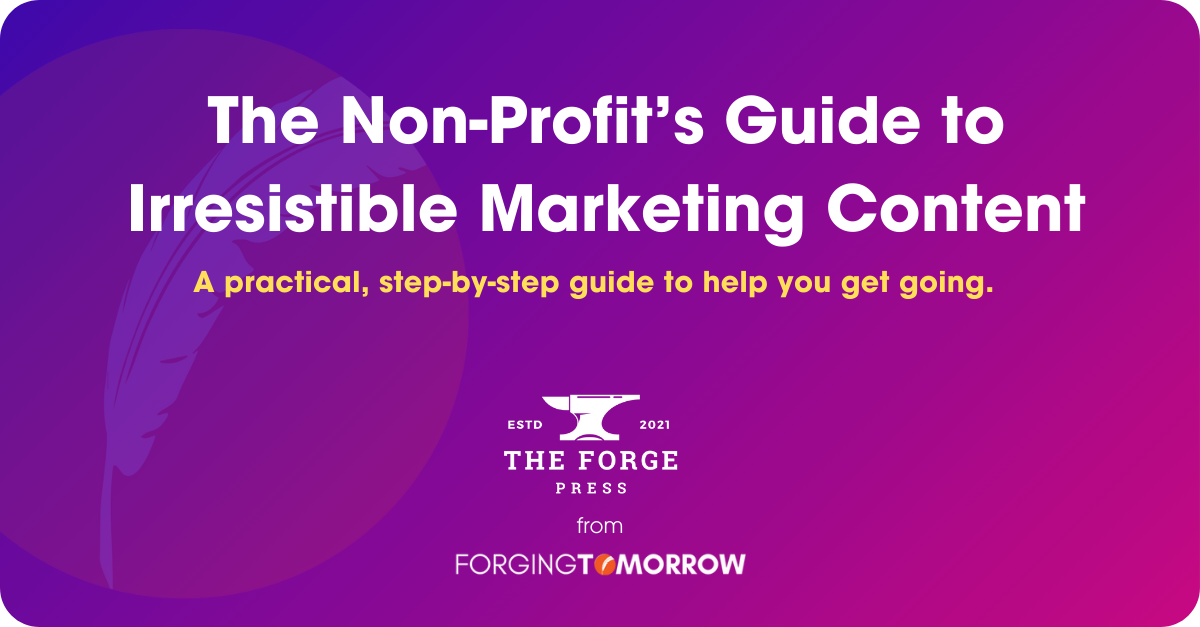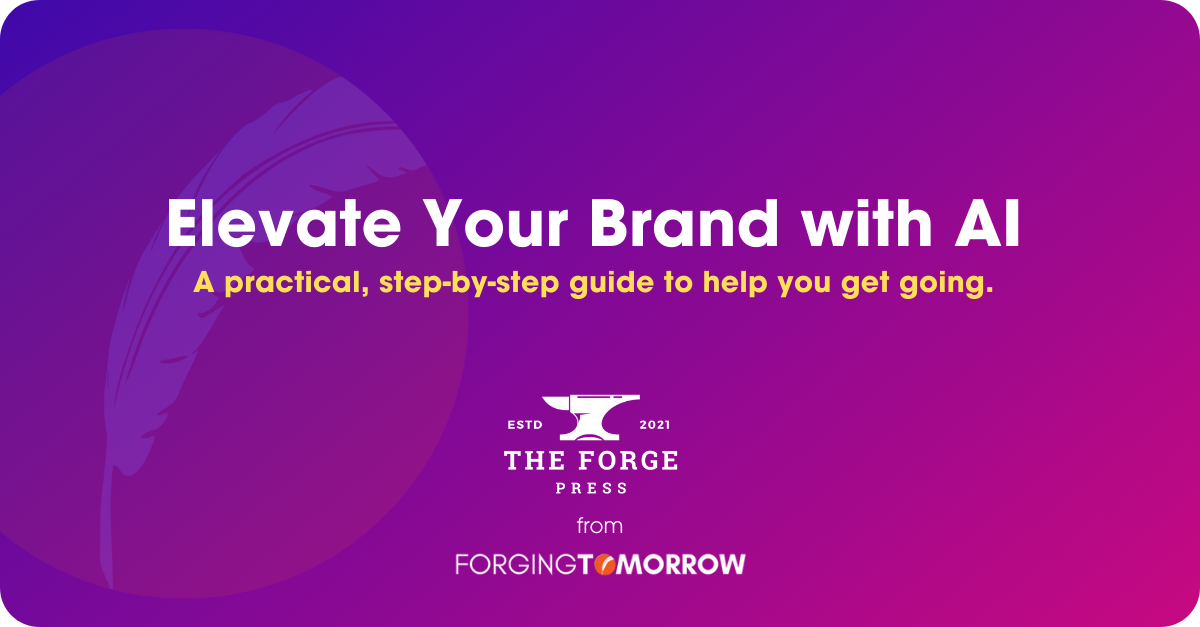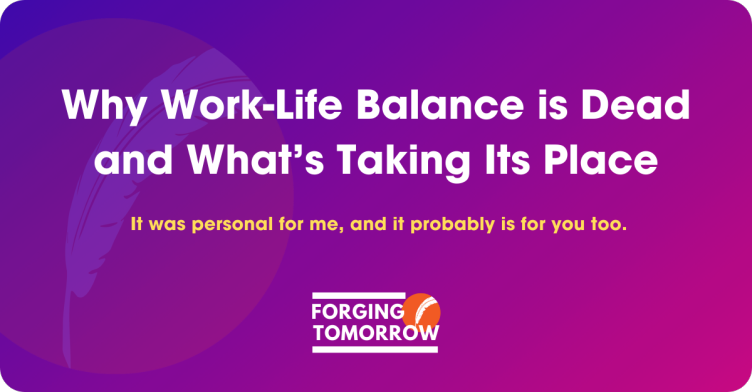In today’s competitive landscape, non-profits must communicate their mission and impact effectively to stand out and attract support. Marketing and creative content are crucial in helping non-profits reach their target audience, inspire action, and drive change. This article will guide you through creating compelling content that amplifies your non-profit’s reach.
Understanding Your Target Audience
To create content that resonates, you must first understand your target audience:
- Identify your non-profit’s key demographics, such as age, location, interests, and values
- Research their preferences and behaviors to determine the types of content they engage with and the channels they use
- Tailor your content to address their needs, concerns, and motivations
Developing a Content Strategy
A well-defined content strategy is essential for ensuring your efforts are aligned with your non-profit’s goals:
- Set clear objectives, such as increasing awareness, attracting donors, or recruiting volunteers
- Determine the types of content that will best support these objectives, such as blog posts, videos, or infographics
- Create a content calendar to plan and schedule your content and allocate the necessary resources and budget
Creating Compelling Marketing Content
To capture your audience’s attention, your marketing content must be engaging and compelling:
- Use storytelling techniques to showcase the impact of your non-profit’s work and evoke an emotional response
- Highlight success stories and testimonials from individuals or communities your organization has helped
- Incorporate visuals, such as images and videos, to enhance your message and make it more memorable
Crafting Effective Internal Creative Content
In addition to external marketing, internal creative content is crucial for engaging your staff, volunteers, and stakeholders:
- Communicate your non-profit’s mission, values, and progress through internal newsletters, blog posts, or videos
- Celebrate milestones and achievements to boost morale and foster a sense of pride
- Encourage participation and collaboration by sharing stories and insights from team members
Promoting Your Content
Creating great content is only half the battle; you must also ensure it reaches your target audience:
- Leverage social media platforms to share your content and engage with your followers
- Partner with influencers or other organizations to expand your reach
- Utilize email marketing and newsletters to keep your supporters informed and engaged
- Optimize your content for search engines (SEO) to improve visibility and attract organic traffic
Measuring and Analyzing Performance
To continually improve your content strategy, you must measure and analyze its performance:
- Set key performance indicators (KPIs) relevant to your goals, such as website traffic, social media engagement, or donation rates
- Track these metrics using analytics tools and gather feedback from your audience through surveys or comments
- Use these insights to adjust your strategy and optimize your content for better results
Conclusion
Marketing and creative content are powerful tools for non-profits to amplify their reach and impact. You can connect with supporters and inspire action by understanding your audience, developing a strategic plan, creating compelling content, and promoting it effectively. Remember to continually experiment, learn, and refine your approach as you go. Your non-profit can make a meaningful difference in the world with dedication and creativity.
Free Resources To Get Started and Keep Going
- Canva: A user-friendly graphic design tool with templates for social media posts, infographics, and more.
- Unsplash and Pexels: Websites offering free, high-quality stock photos that can be used to enhance visual content.
- Google Analytics: A powerful web analytics tool to help track and analyze website traffic and performance.
- Hootsuite and Buffer: Social media management platforms that offer free plans for scheduling and managing social media content.
- Mailchimp: An email marketing tool with a free plan that allows users to create and send newsletters to a limited number of subscribers.
- Hubspot Blog: A content marketing blog with free resources, templates, and guides for creating effective content strategies.
- Coursera and edX: Online learning platforms that offer free courses on digital marketing, content creation, and non-profit management.
- Google Trends: A tool for analyzing search trends and identifying popular topics related to your non-profit’s mission.
- Answer The Public: A free search listening tool that generates content ideas based on popular search queries.
- Hemingway App: A free online writing tool that helps improve readability and clarity of written content.
- Grammarly: A free browser extension that checks spelling, grammar, and punctuation in real-time.
- Trello: A free project management tool for organizing content ideas, assignments, and deadlines.



